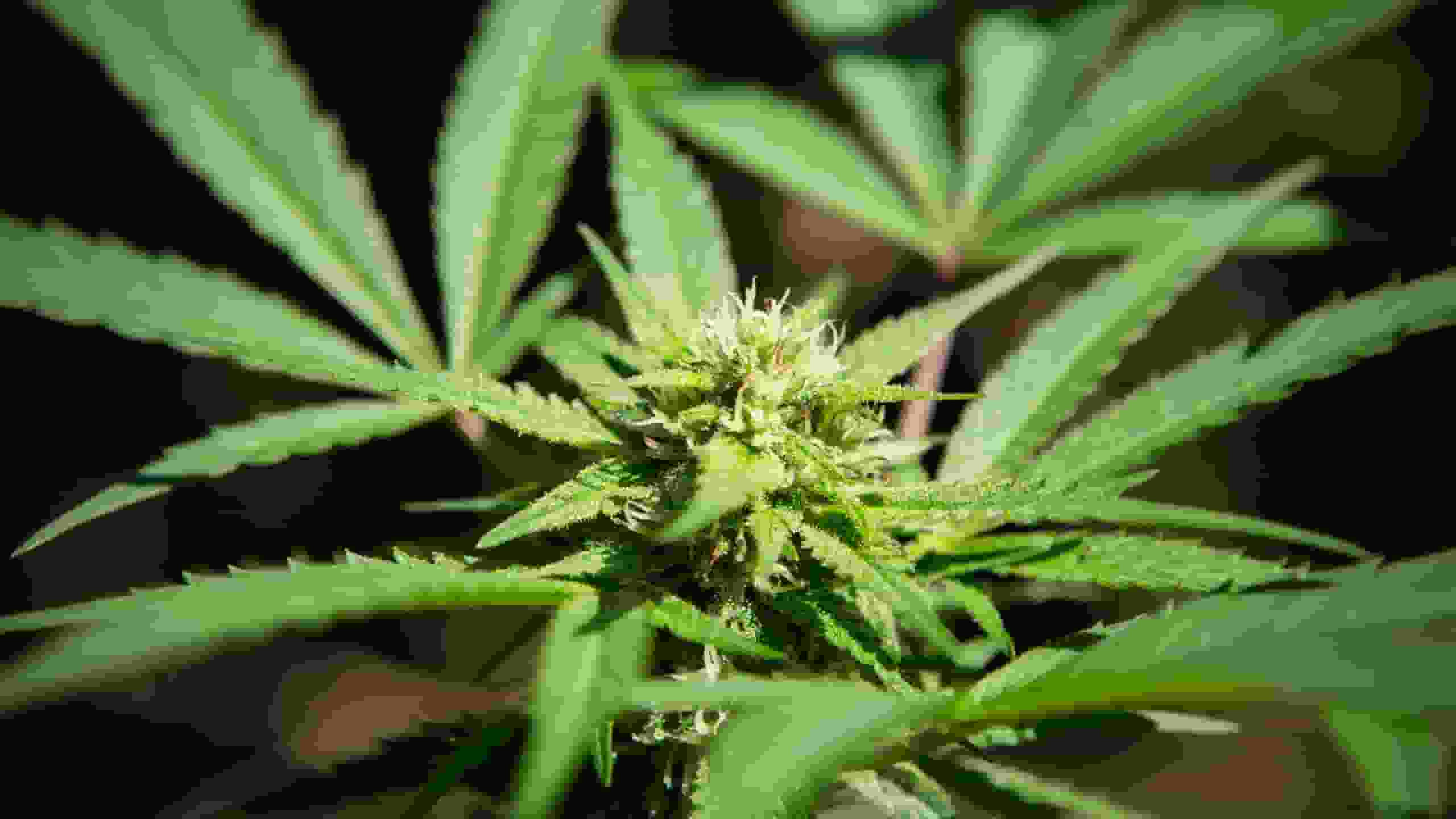Within days of Ohio’s recreational marijuana legalization, Republican state senators have made their changes to the state’s soon-to-be program known as Issue 2, which was approved by around 57% of voters.
Governor Mike DeWine’s proposal to swiftly amend the recreational marijuana introduced act before its initial provisions take effect on December 7 has the support of the Ohio Senate, according to Senate President Matt Huffman (R-Lima), who made this announcement on Tuesday.
Huffman stated that senators want to introduce a package of policy changes, but he did not provide the specifics or a timetable for its introduction—just that it would happen more quickly than with traditional legislation. Before the effective date, there aren’t many committee and full session schedules left.
As things get more serious, Huffman stated on Tuesday that it would be preferable for people to be aware of the law rather than start making decisions or taking action only to have it changed six months later.
Issue 2 was approved by Ohio voters last Tuesday by a margin of 14 points. It makes it legal and establishes rules so that Ohioans who are 21 years of age or older can grow, cultivate, sell, purchase, and consume marijuana.
Huffman identified many potential modifications to the text voters adopted, including changing the tax rates and income distribution for the eventual recreational marijuana program and controlling product usage in public areas.
“It’s obvious that when a new source of funding emerges, people have a lot of suggestions,” he stated.
The list of modifications was added by Sen. Rob McColley (R-Napoleon) to House Bill 86, which amends liquor control rules. This bill may now be used to advance changes to cannabis policy.
The Senate’s amendment to Issue 2 would prohibit the home cultivation of marijuana and further restrict the maximum potency of the plant and its extracts. Additionally, senators have changed the tax rates and distribution amounts.
The list of suggested changes consists of:
- A restriction on smoking in public
- One ounce of plant material, five grams of extracts, and 500 milligrams of THC in any form are the further limits on legal possession.
- Reducing the allowable THC level to 25% for plant goods and 50% for concentrates or extracts may further limit the potency of the items.
- Regulations pertaining to packaging and promotion, such as prohibiting delicacies from resembling “realistic or fictional human, animal, or fruit”
- 230 is the maximum number of dispensaries that can exist in the state.
- allowing communities to control the location of clinics or forbidding them from operating inside their borders
- Getting rid of all the homegrown
- Under Issue 2, raising the consumer sales excise tax from 10% to 15%
- imposing a new wholesaler cultivator excise duty of 15%
Distributing tax income differently to:
- thirty percent to the Ohio Department of Public Safety, which oversees the state’s Law Enforcement Training Fund
- 15% to the Ohio Department of Mental Health and Addiction Services’ Marijuana Substance Abuse Treatment and Prevention Fund
- 10% to the Public Safety Department’s Safe Driver Training Fund
- 45 percent more goes toward the state’s general revenue fund.
The present language for Issue 2 states that a fund for areas with dispensaries and a fund for social equality and jobs programs would each receive 72% of the tax income from the state’s eventual program. The statute also states that 3% will go toward administrative expenses, and another quarter will go toward addiction treatment.
Along party lines, the general government committee’s senators voted 4-1 to add the replacement bill to HB 86.
According to McColley, it still reflects the wishes of Ohioans.
Following the committee meeting on Monday, he remarked, “I would imagine that the most popular reason for voting yes would have been access to products if you went and you polled all the people who voted yes.”
According to McColley’s statement, there is a bright side for people who opposed the legalization of marijuana: it was always available on the illegal market. Legalization presents lawmakers with an opportunity to increase safety, as demonstrated by their proposed measures.
However, Democrats in both houses have already stated that it goes too far, notably Sen. Bill DeMora (D-Columbus), who was the lone “no” vote.
Following the committee meeting on Monday, DeMora stated, “The potency levels, the taxing, everything—this bill very basically told the voters, ‘Screw you; you don’t know what you’re talking about, and we know better than you do.”
In an email to the media, Senate Minority Leader Nicki Antonio (D-Lakewood) described the measure as “egregious and could thwart the will of the people.”
Rep. Casey Weinstein (D-Hudson) stated that the Ohio House is drafting its own legislative revisions pertaining to cannabis. In an interview, Weinstein stated, “It’s been a bipartisan effort, and it is an effort where we have tried to honor the will and the spirit of the voter.”
The Senate General Government Committee will hold a second hearing on HB 86 at 2:30 p.m. Proponents and opponents of the proposed amendments will only be able to testify on Tuesday.
Legislators would need to add an emergency clause—which calls for a two-thirds majority in both the Ohio Senate and House—and obtain Gov. Mike DeWine’s signature in order for the bill to take effect by Thursday.




![Tyson Foods Plant [Photo: Food Manufacturing]](https://southarkansassun.com/wp-content/uploads/2023/08/iStock_1185520857__1_.5e441daa51cca-600x337.jpg)








![Silverado Senior Living Management Inc. [Photo: Los Angeles Times]](https://southarkansassun.com/wp-content/uploads/2023/10/download-6-4-600x337.jpg)

![China's Wuhan Institute of Virology [Photo: Nature]](https://southarkansassun.com/wp-content/uploads/2023/09/d41586-021-01529-3_19239608-600x337.jpg)















